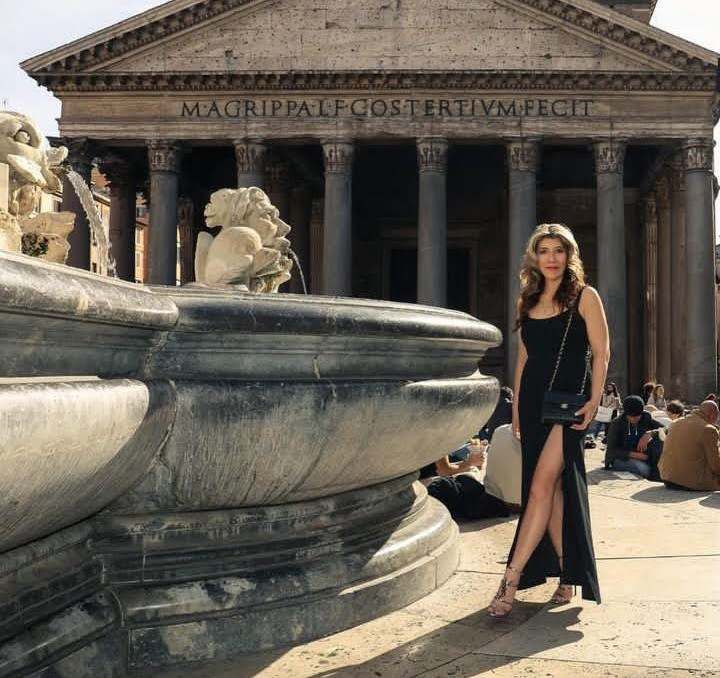
per coloro che vogliono organizzare la celebrazione e Roma o la famiglia, suggeriamo di spostare la visita della città, forse dirigendo la metà o la metà.
A proposito dei modi, questa scelta è alta. Oltre ai tempi antichi, proponiamo piccoli percorsi diversi e sotterranei per chi è un po' curioso o conosce già parti di Roma.
for those who want to organize the celebration and Rome or family, we suggest shifting the city tour, perhaps heading half or half.
Speaking of ways, this choice is high. In addition to ancient times, we propose small different and underground routes for those who are a bit curious or already know parts of Rome.
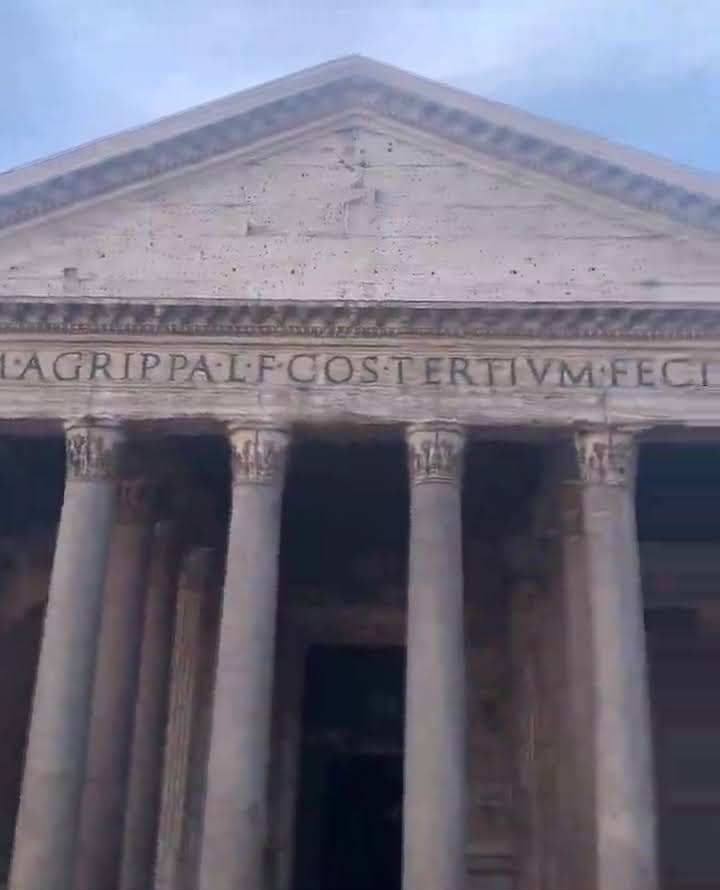
I nostri tour dei tesori nascosti sono tour con brevi soste alla scoperta dei luoghi più famosi: soffitti, cappelle, altari, giardini, chiese poco conosciute o angoli nascosti dalla folla. Dipinti provenienti dalla chiesa di San Luigi de Francesi e tre celebri tele del Caravaggio (l'opera di San Matteo, San Matteo scrive il Vangelo e il Martirio di San Matteo dove si riconosce il dipinto dello stesso artista nella Cappella Contarelli), Sant' Ivo alla Sapienza, sede della prima università di Roma, voluta da papa Bonifacio VIII nel 1300 con l'ardita architettura del Borromini. Inoltre si raggiunge la chiesa di Santa Maria sopra Minerva e la chiesa dei Carafa con i bellissimi affreschi di Filippino Lippi che raffigurano le virtù del domenicano San Tommaso d'Aquino
Our hidden treasures tours are tours with short stops to discover the most famous places: ceilings, chapels, altars, gardens, little-known churches or corners hidden from the crowds. Paintings from the church of San Luigi de Francesi and three famous canvases by Caravaggio (the work of St. Matthew, St. Matthew Writes the Gospel and the Martyrdom of St. Matthew where you can recognize the painting by the same artist in the Contarelli Chapel), Sant' Ivo alla Sapienza, seat of the first university in Rome, commissioned by Pope Boniface VIII in 1300 with Borromini's bold architecture. Also reached are the church of Santa Maria sopra Minerva and the church of the Carafa with Filippino Lippi's beautiful frescoes depicting the virtues of the Dominican St. Thomas Aquinas
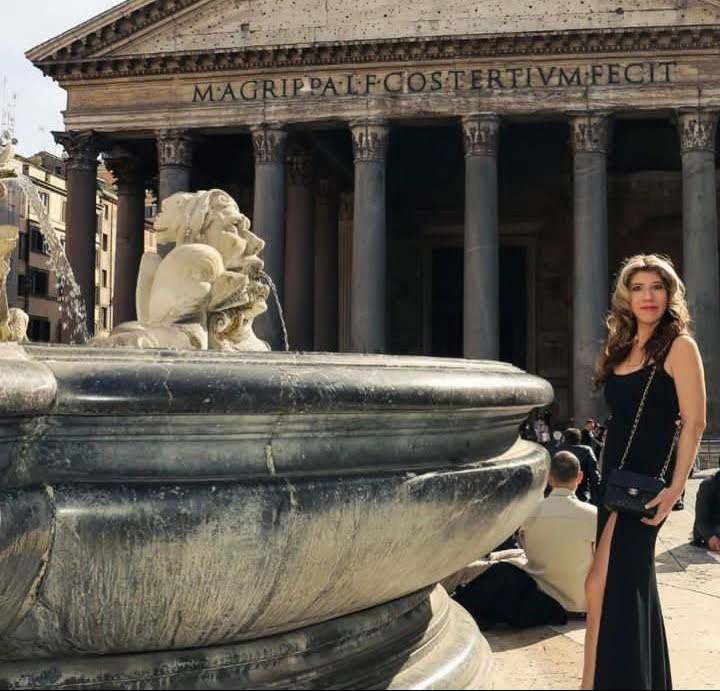
. Infine, ammira l'illusione del soffitto e della cupola di Sant'Ignazio di Loyola. Qui il gesuita padre Andrea Pozzo riuscì a realizzare un'idea meravigliosa che ancora oggi ci lascia meravigliati e increduli. La passeggiata si snoda tra le strade e i vicoli del centro storico alla ricerca dei capolavori nascosti tra giardini, chiese e cappelle. La storia della Roma rinascimentale e barocca si basa sulle vicende e sulle vicissitudini degli artisti che la fecero crescere. Solo l'isola Tiberina, dove l'antico tempio di Esculapio, dio della medicina, divenne l'ormai antichissima chiesa di San Bartolomeo. vai sull'isola. Del ponte di Cestio e Fabricio l'antichità risale al I secolo a.C. si arriva nella zona di Trastevere dove si va alla Basilica di Santa Maria in Trastevere, un tesoro d'arte infinito, come un bellissimo ornamento.. Ancora oggi il ghetto ebraico conserva l'aspetto dell'antica Roma e il “sapore” di un tempo. Oltrepassato il santuario di Largo Argentina, dove si possono ancora vedere le architetture dei quattro templi di epoca repubblicana e dove fu assassinato Giulio Cesare, arriviamo al Pantheon.
. Finally, admire the illusion of the ceiling and dome of St. Ignatius of Loyola. Here Jesuit Father Andrea Pozzo succeeded in realizing a marvelous idea that still leaves us amazed and incredulous today. The walk winds through the streets and alleys of the historic center in search of the masterpieces hidden among gardens, churches and chapels. The history of Renaissance and Baroque Rome is based on the events and vicissitudes of the artists who made it grow. Only Tiber Island, where the ancient temple of Aesculapius, god of medicine, became the now ancient church of St. Bartholomew. go to the island. Of the bridge of Cestius and Fabricius antiquity dates back to the 1st century B.C. you come to the Trastevere area where you go to the Basilica of Santa Maria in Trastevere, an endless treasure of art, like a beautiful ornament.. Even today the Jewish ghetto retains the appearance of ancient Rome and the "flavor" of yesteryear. Past the sanctuary of Largo Argentina, where the architecture of the four temples from the Republican era can still be seen and where Julius Caesar was assassinated, we arrive at the Pantheon.
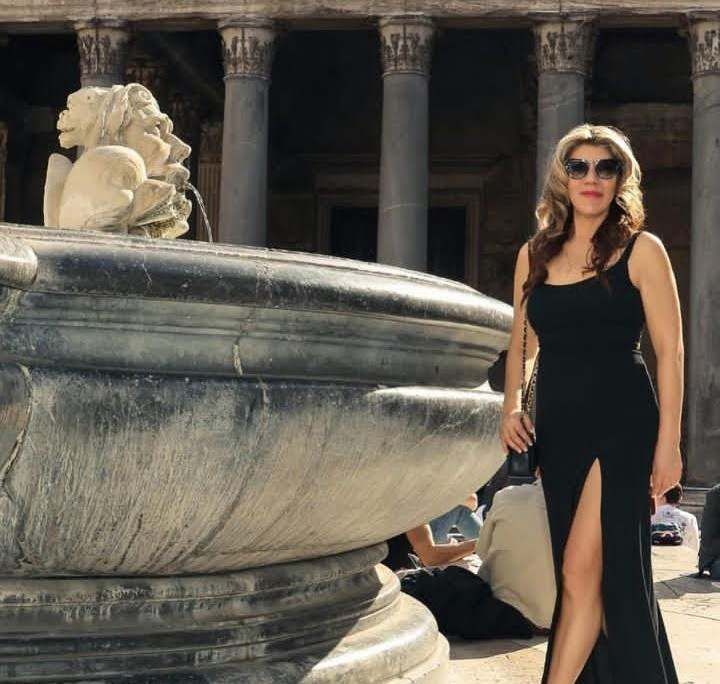
Villa Farnesina
Luogo di piacere del più ricco uomo d'affari del Rinascimento italiano, Villa Farnesina ci affascina ancora con il suo fascino e la sua bellezza. Simboli dell'oroscopo dipinti su tetti, muri aperti su terrazzi e giardini. Qui artisti come Raffaello, Sebastiano del Piombo, Baldassarre Peruzzi hanno lasciato buoni dipinti che vediamo ancora oggi. La chiesa di San Pietro si trova a Montorio che, il 30 giugno 1849, si trova a pochi metri dal campo di battaglia durante la Repubblica Romana. I feriti sono stati portati qui. Fu qui che fu stabilito l'ultimo quartier generale di Garibaldi. Il convento fu preso d'assalto dai soldati francesi, che dalle prigioni vinte incendiarono la città.
Villa Farnesina
The pleasure place of the richest businessman of the Italian Renaissance, Villa Farnesina still fascinates us with its charm and beauty. Horoscope symbols painted on roofs, open walls on terraces and gardens. Here artists such as Raphael, Sebastiano del Piombo, Baldassarre Peruzzi left good paintings that we still see today. St. Peter's Church is located in Montorio, which, on June 30, 1849, was only a few meters from the battlefield during the Roman Republic. The wounded were brought here. It was here that Garibaldi's last headquarters was established. The convent was stormed by French soldiers, who set fire to the city from the defeated prisons.
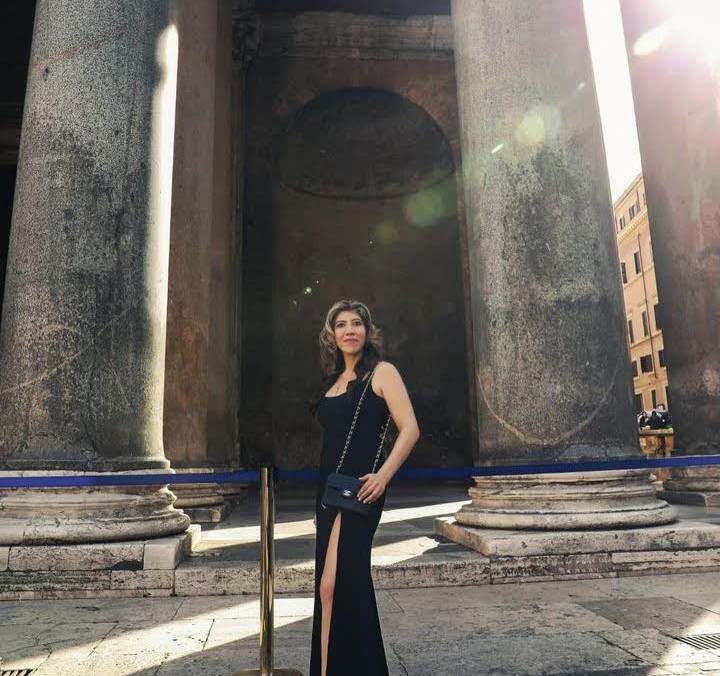
Il tempio del Bramante rimase miracolosamente illeso. Accanto alla chiesa si trova il monumento con un cannone francese ritrovato durante i lavori di restauro del 1995. Proseguiamo con la visita al mausoleo dell'ossario Gianicolense dove riposano i morti della capitale romana. Nell'elenco dei morti vediamo i nomi di tanti eroi, uomini e donne, o famosi, dai poliziotti ai pugili che hanno 11 e 14 anni. Questa è la tomba di Goffredo Mameli, poeta e aiutante di Garibaldi, morto di cancrena all'età di 21 anni. Dal 1946 l'inno di Mameli è l'inno nazionale della Repubblica Italiana. Il viaggio continua in Piazza Garibaldi accanto alla statua dell'eroe e finalmente arriviamo al poligono verso mezzogiorno. A Roma possiamo ammirare ancora oggi i capolavori di Caravaggio, lo straordinario artista che cambiò la pittura europea; I suoi dipinti più famosi si trovano nella chiesa del centro storico. Il nostro viaggio segue le orme del grande artista, tra San Luigi dei Francesi, S. Agostino in S. Maria del Popolo, traduce non solo la sua attività artistica ma anche periodi significativi della sua vita, a volte in modo confuso, nelle fantastiche città della Roma del XVII secolo. Aventino e Rocca Savella
Bramante's temple miraculously remained unharmed. Next to the church is a monument with a French cannon found during restoration work in 1995. We continue with a visit to the Gianicolense ossuary mausoleum where the dead of the Roman capital rest. In the list of the dead we see the names of many heroes, men and women, or famous, from policemen to boxers who are 11 and 14 years old. This is the grave of Goffredo Mameli, poet and aide to Garibaldi, who died of gangrene at the age of 21. Since 1946, Mameli's hymn has been the national anthem of the Italian Republic. The journey continues in Piazza Garibaldi next to the statue of the hero, and we finally arrive at the range around noon. In Rome we can still admire the masterpieces of Caravaggio, the extraordinary artist who changed European painting; His most famous paintings are in the church in the historic center. Our journey follows in the footsteps of the great artist, between San Luigi dei Francesi, S. Agostino in S. Maria del Popolo, translates not only his artistic activity but also significant periods of his life, sometimes confusingly, in the fantastic cities of 17th-century Rome. Aventine and Rocca Savella
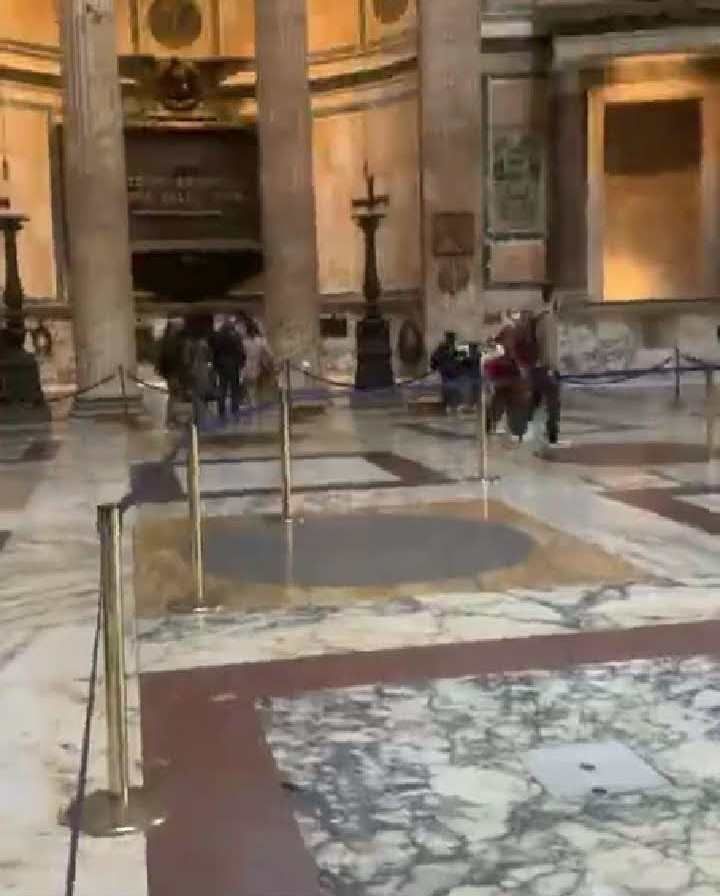
Camminare e una delle migliori montagne e montagne. Dal greco Dianiacia Santara Maria e Cosmedin (nella direzione di sì Storia del Pantheon di Roma
Il Pantheon ha rappresentato, per più di duemila anni, la massima espressione della gloria romana. La sua storia non ha eguali nello sviluppo della città eterna di cui egli è da secoli l'immagine. Il Pantheon fu l'ispirazione degli architetti rinascimentali, quindi Raffaello volle farne il suo luogo di riposo eterno.
Walking and one of the best mountains and mountains. From the Greek Dianiacia Santara Maria and Cosmedin (in the direction of yes History of the Pantheon of Rome.
The Pantheon has been, for more than two thousand years, the highest expression of Roman glory. Its history is unparalleled in the development of the eternal city of which he has been the image for centuries. The Pantheon was the inspiration of Renaissance architects, so Raphael wanted to make it his eternal resting place.
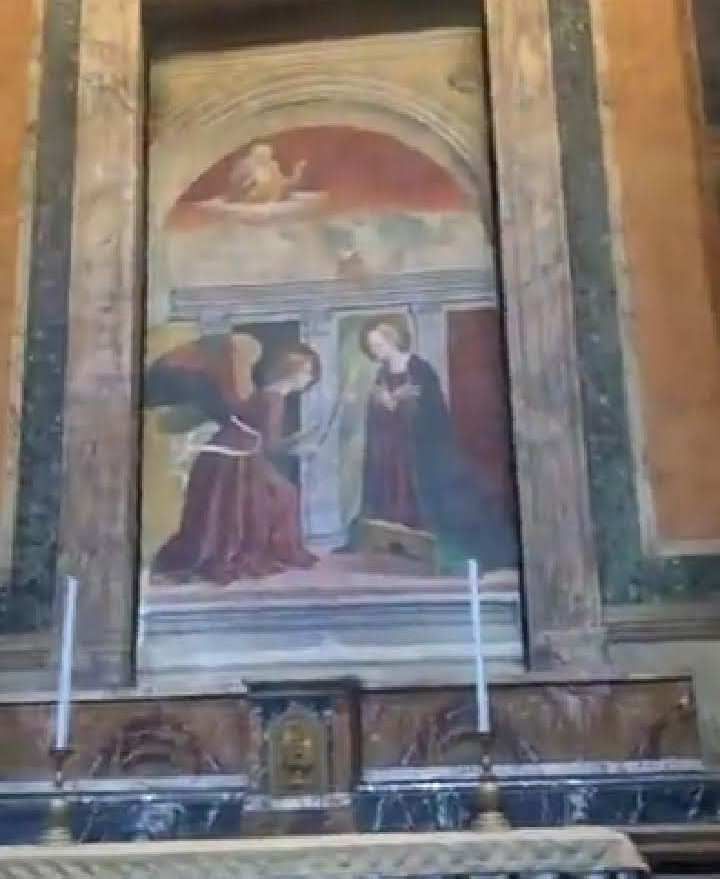
Nel 27 a.C. Marco Vipsanio Agrippa, cognato, amico e collega del primo imperatore Augusto, fece costruire questo tempio, dedicato ai sette dei celesti. A loro si deve il nome Pantheon, che in greco significa "di tutti gli dei". L'edificio originario, che doveva essere più piccolo dell'attuale, fu ricostruito da Adriano tra il 118 e il 125 d.C. Durante la ricostruzione Adriano non usò il metodo di Agrippa: ruotò l'orientamento dell'edificio di 180 gradi e aprì una grande apertura davanti al nuovo tempio. Sul frontone lasciò l'iscrizione che si vede ancora oggi e che ricorda Agrippa costruttore. All'imperatore Adriano non importava che il suo nome comparisse su questo monumento che aveva espresso la sua opinione.. Papa Bonifacio IV consacrò il tempio, lo donò a Santa Maria ad Martyres, che venne rinominato perché vi fece traslare dalle catacombe i corpi dei martiri, per un totale di ventotto carri. Si voleva riferirsi al gruppo dei cristiani in contrasto con l'antica devozione pagana verso gli dei romani.
In 27 B.C. Marcus Vipsanius Agrippa, brother-in-law, friend and colleague of the first emperor Augustus, had this temple built, dedicated to the seven heavenly gods. They are credited with the name Pantheon, which means "of all the gods" in Greek. The original building, which must have been smaller than the present one, was rebuilt by Hadrian between 118 and 125 AD. During the reconstruction Hadrian did not use Agrippa's method: he rotated the orientation of the building 180 degrees and opened a large opening in front of the new temple. On the pediment he left the inscription that can still be seen today and that commemorates Agrippa the builder. Emperor Hadrian did not mind his name appearing on this monument that had expressed his opinion.... Pope Boniface IV consecrated the temple, donated it to Santa Maria ad Martyres, which was renamed because he had the bodies of the martyrs, a total of twenty-eight chariots, moved there from the catacombs. This was intended to refer to the group of Christians in contrast to the ancient pagan devotion to the Roman gods.
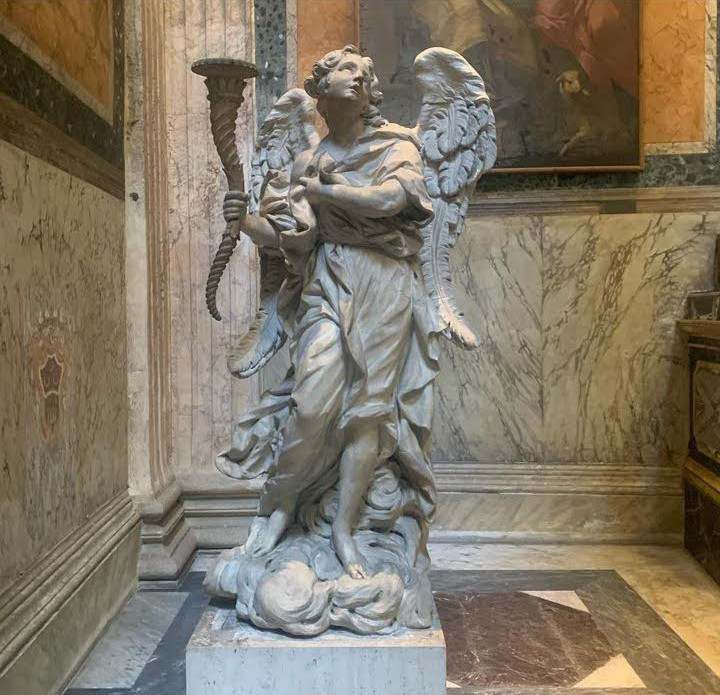
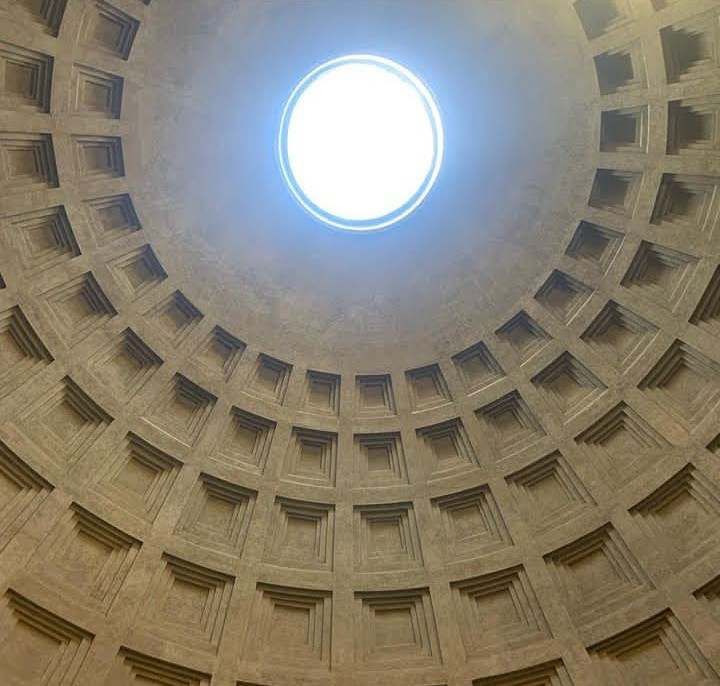
Rome is incredible. The pantheon is amazing. I lived there for 6 months… up on the Janiculum overlooking St Peter’s and went to school in Trastevere.
ohh how nice I am very glad that you know and live in my country greetings
Gorgeous photos thanks for sharing
Curated by @ultravioletmag
thank you i have a more photo
Congratulations, your post has been curated by @dsc-r2cornell. You can use the tag #R2cornell. Also, find us on Discord
Felicitaciones, su publicación ha sido votada por @ dsc-r2cornell. Puedes usar el tag #R2cornell. También, nos puedes encontrar en Discord